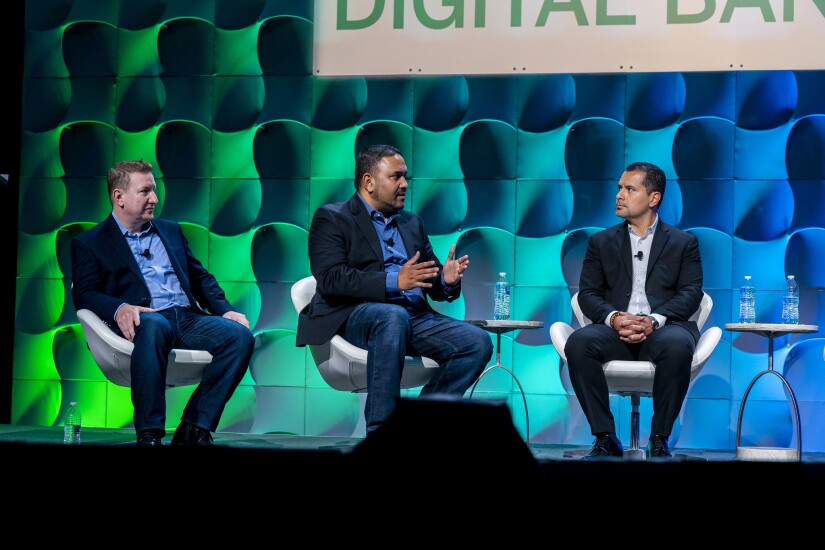The mood was joyful at the Digital Banking Conference in Austin, Texas, last week. For many of the 1,000 attendees, this was one of the first events they had traveled to in more than two years. People were ready to network, share best practices and look at technologies that could improve the customer experience at their banks. Some were even contemplating whether or not to undergo a core conversion.
Speakers at the show, which was hosted by American Banker, offered sage advice on all these fronts. Read on for some of the nuggets of wisdom they shared.












